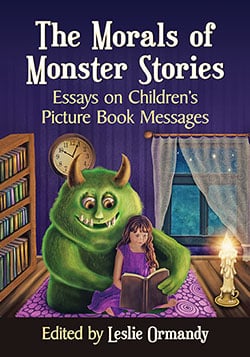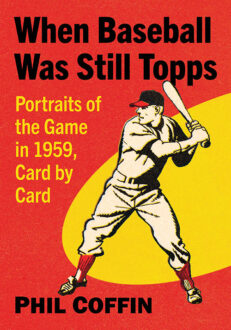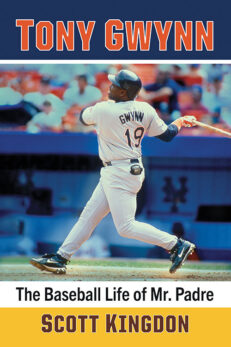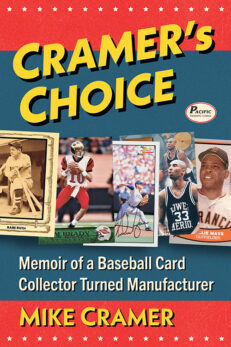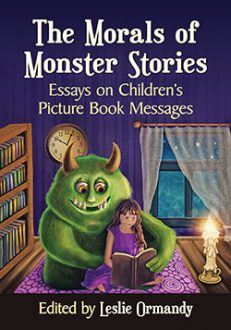The Morals of Monster Stories
Essays on Children’s Picture Book Messages
$39.95
In stock
About the Book
The simplicity of children’s picture books—stories told with illustrations and a few well chosen words or none at all—makes them powerful tools for teaching morals and personal integrity. Children follow the story and see the characters’ behaviors on the page and interpret them in the context of their own lives. But unlike many picture books, most children’s lives don’t feature monsters.
This collection of new essays explores the societally sanctioned behaviors imparted to children through the use of monsters and supernatural characters. Topics include monsters as instructors, the normalization of strangers or the “other,” fostering gender norms, and therapeutic monsters, among others.
About the Author(s)
Bibliographic Details
Edited by Leslie Ormandy
Format: softcover (6 x 9)
Pages: 256
Bibliographic Info: notes, bibliographies, index
Copyright Date: 2017
pISBN: 978-1-4766-6484-2
eISBN: 978-1-4766-2769-4
Imprint: McFarland
Table of Contents
Table of Contents
Acknowledgments v
Preface 1
Introduction 3
Part 1: Monstrous Instructors
My Monster ABCs: What Can A(bominable Snowmen)
to Z(ombies) Teach Our Kids? (Carla Kungl) 15
Green Legs and Hands: The Lorax as a Medievalist Morality Tale
(Corwin R. Baden) 32
Monsters in the Closet: Narrative Therapy and Fairy Tales
(Lisa LeBlanc and Carla B. Morrissey) 50
Part 2: Normalization of the “Other” “Let the wild rumpus start!” Adventures in Acceptance and Understanding—Picture Books and the Other (Kelly F. Franklin) 64
“You can’t get rid of the Babadook”: The Supertextual
Supernatural (Lloyd Isaac Vayo) 78
Monsters Like Us (Gerald Raymond Gordon) 93
Part 3: Fostering Heteronormativity, Agency and Racial Superiority
The Scars of Dracula: Dracula and the Undead Meaning in Children’s Early Readers (Simon Bacon) 110
Misogyny, Monsters and Malice: Dismantling Troy Cummings’
The Notebook of Doom Series (Holly A. Wheeler) 126
Part 4: Evolving Monsters Ogress, Fairy, Sorceress, Witch: Supernatural Surrogates and the Monstrous Mother in Variants of “Rapunzel” (Melissa Mullins) 142
Swimming with Serpents: Dismantling Boundaries in Sea
Monsters Picture Books (Rebecca A. Brown) 158
Part 5: Monstrous Monsters The House That Drac Built: Faith-Based Qualms About Halloween Picture Books (Corwin R. Baden) 175
Wicked “Others”: Christian Conservatism and the Rejection of the Supernatural (Brenda S. Gardenour Walter) 195
Part 6: Moral Agencies The Fantastic in the Everyday: Growing Up with The Mysteries of Harris Burdick (Mariaelena DiBenigno) 209
Crossing the Threshold: Ghosts and Haunted Houses as Moral
Messengers (Brenda S. Gardenour Walter) 226
About the Contributors 241
Index 243
Book Reviews & Awards
“Monsters in picture books may at first not seem like a topic worthy of academic study. But this collection suggests otherwise. Ormandy presents a variety of analytical essays that apply literary theories from structuralism to feminism to postcolonialism as they discuss how monster stories help expose and educate children to the values of society…. a valuable resource…recommended.”—Choice; “very highly recommended”—Midwest Book Review; “the 14 essays presented here illustrate how children’s picture books about supernatural monsters model moral behaviors to children. English and other scholars from the US , Japan, and Europe describe how supernatural characters teach children lessons about multiculturalism, environmentalism, and behavioral issues”—ProtoView.

